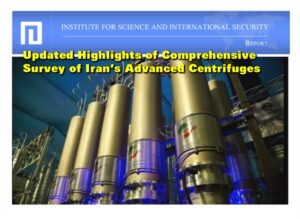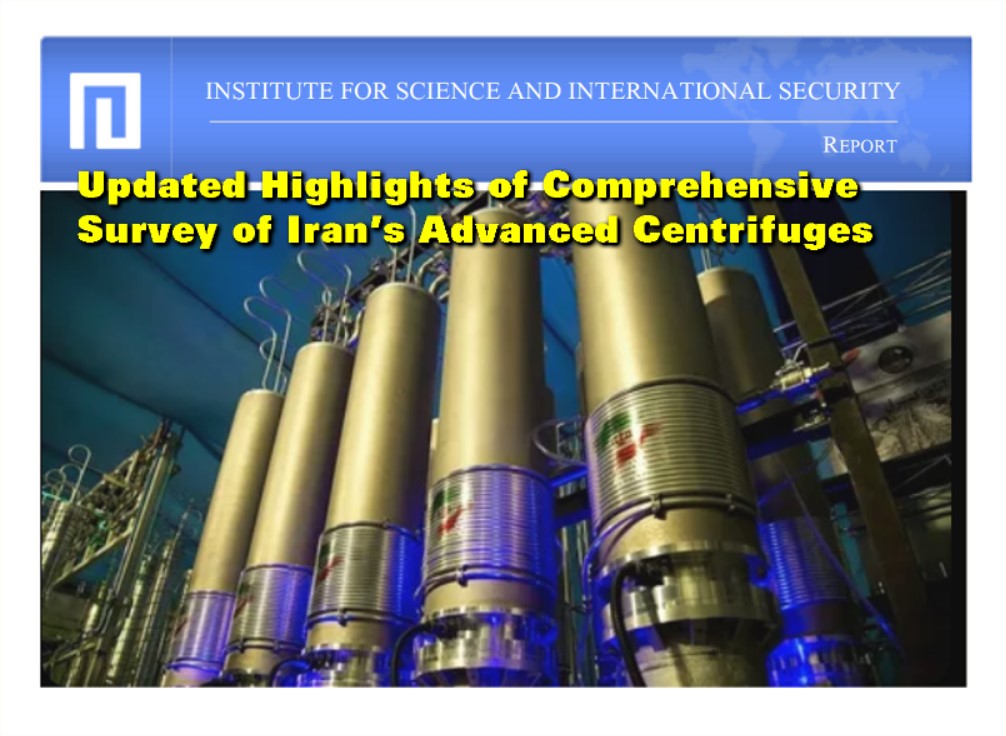
This report summarizes and assesses information in the International Atomic Energy Agency’s (IAEA) quarterly report for February 28, 2023, Verification and monitoring in the Islamic Republic of Iran in light of United Nations Security Council resolution 2231 (2015) and the quarterly safeguards report for March 4, NPT Safeguards Agreement with the Islamic Republic of Iran. ● Iran continues to deploy advanced centrifuges at its three enrichment facilities at Natanz and Fordow in violation of the limitations outlined in the Joint Comprehensive Plan of Action (JCPOA). ● In the event of a revival of the JCPOA, under rules embodied in the existing JCPOA, Iran would be permitted to mothball its advanced centrifuges, shortening Iran’s potential breakout timeline and increasing its ability to build up its capability should the deal collapse or once enrichment capacity restrictions phase out starting in 2025. ● Since February 2021, Iran has not provided declarations about its production and inventory of centrifuge rotor tubes, bellows, and rotor assemblies or allowed IAEA verification, as specified in the JCPOA. While data and recordings were collected by IAEA surveillance equipment up until June 2022, the IAEA has not had access to those data and recordings, and since June 2022, when Iran removed the cameras, no such recordings exist. Consequently, the IAEA has had no ability to take inventory. ● Iran has been producing near 60 percent highly enriched uranium (HEU) in advanced centrifuge cascades since April 2021.




